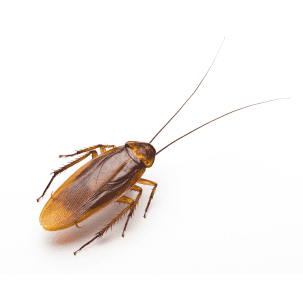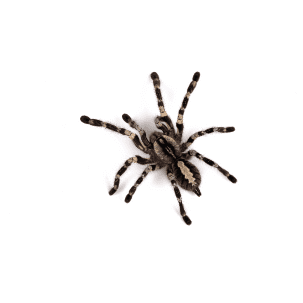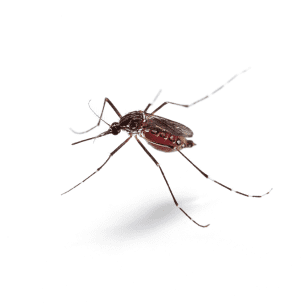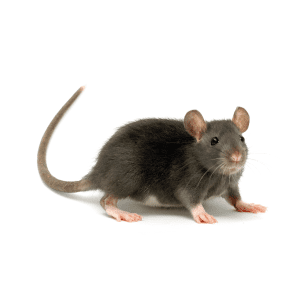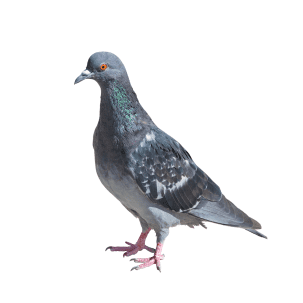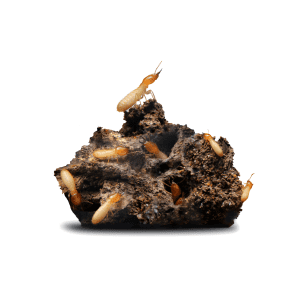#1 Cockroach Control in Fresno,
Kings & Tulare Counties
If you’re dealing with cockroaches in your home or business, you’re not alone—these pests are a common problem throughout the San Joaquin Valley. At PestMan Pest Control, we specialize in fast, effective roach extermination with kid- and pet-friendly treatment options that are safe for your entire household. Our state-licensed technicians live right here in the Central Valley, and we understand the unique pest pressures in Fresno, Kings, and Tulare counties. As a family-owned company, we’ve proudly served the region for over 50 years with year-round protection plans that also cover ants, bed bugs, spiders, fleas, ticks, mosquitoes, termites, and more. Don’t let cockroaches take over your space—contact us today by call or text at 559-732-7378. We know the valley, and we know how to eliminate the bugs!




